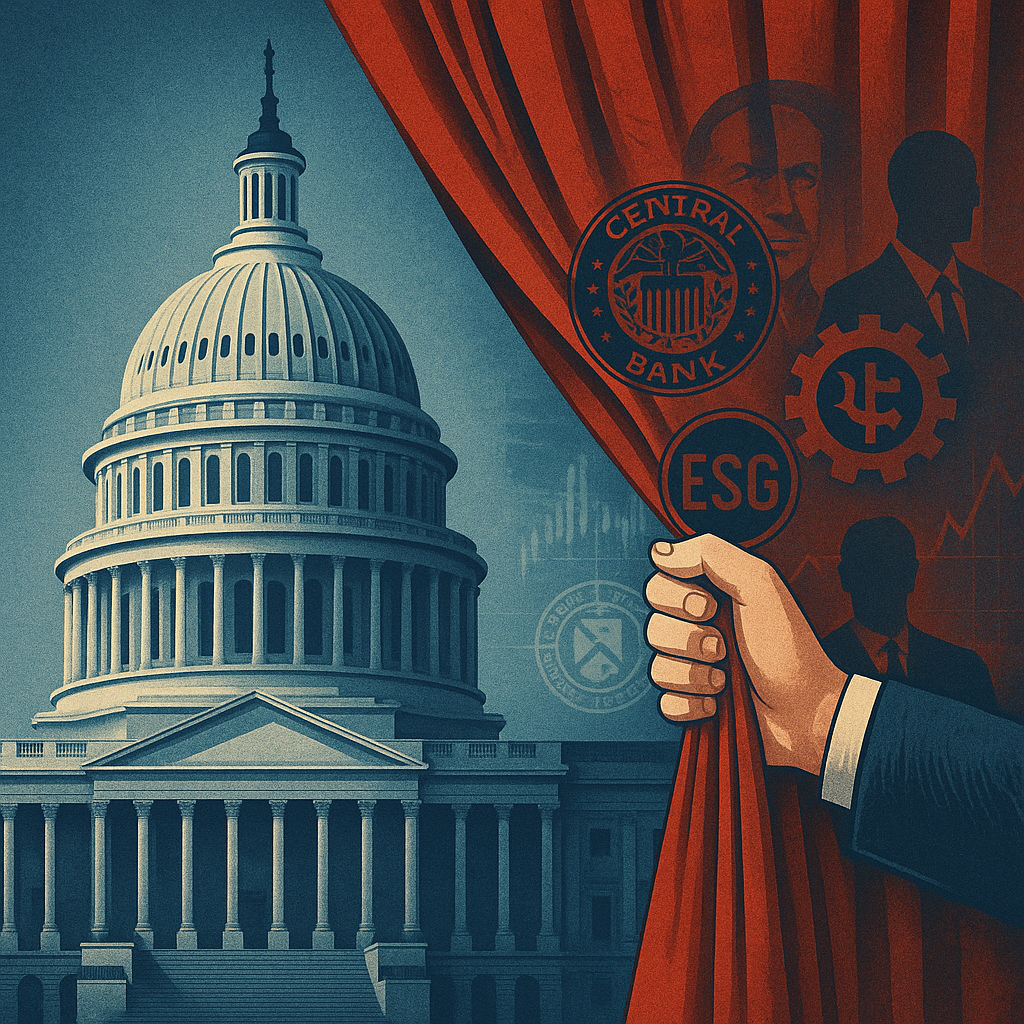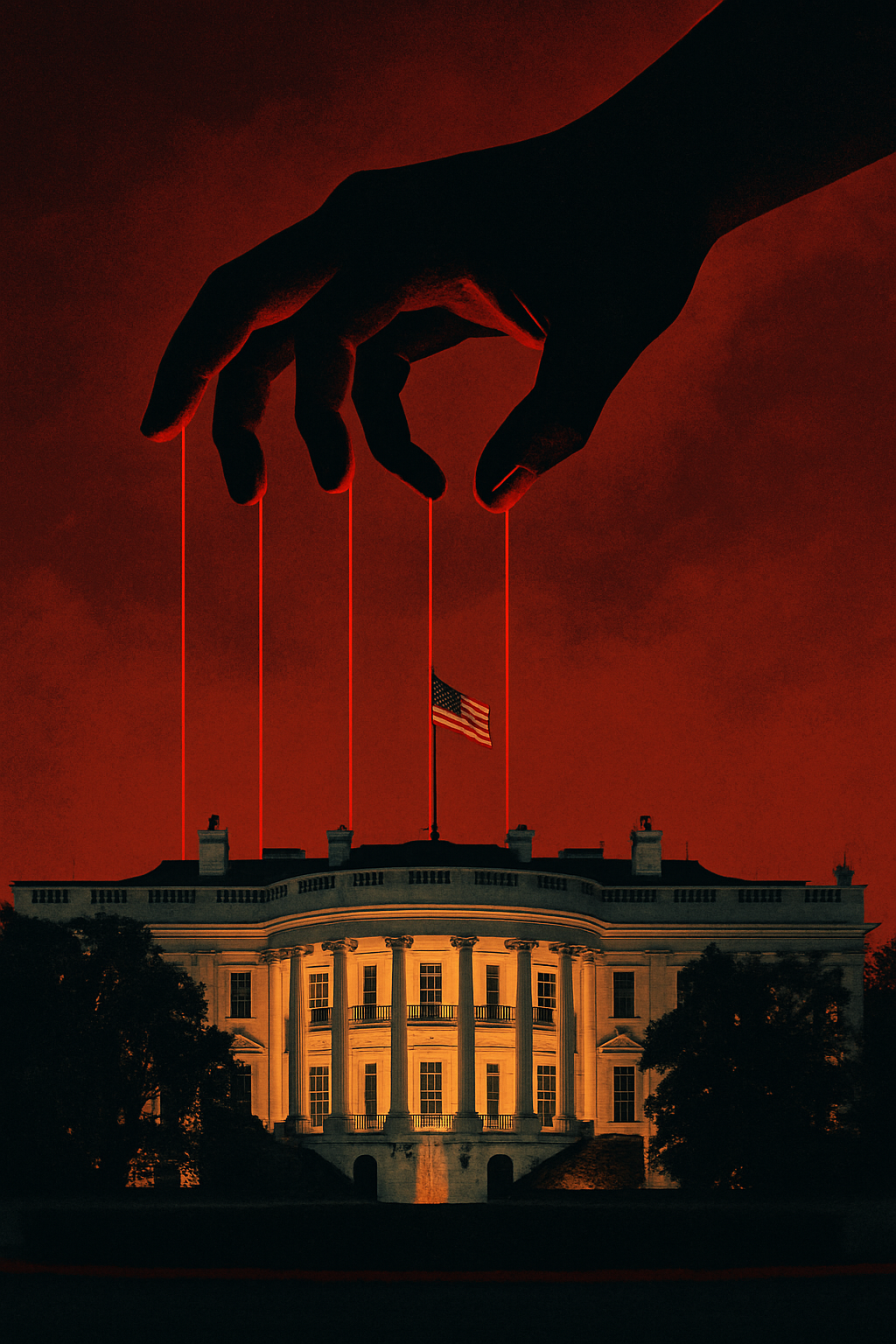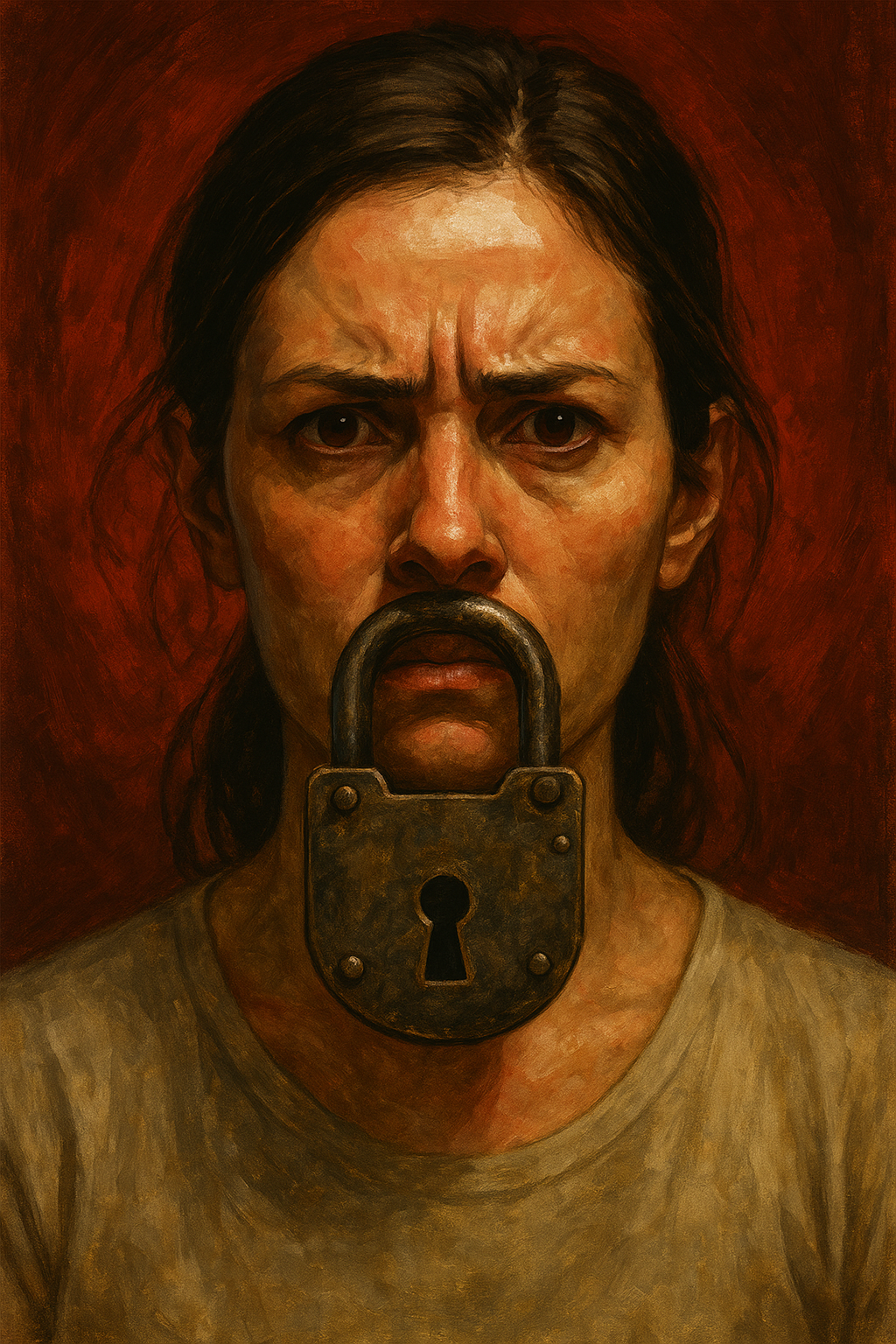How many times have you heard calls for government to get involved in the delivery of things, in order to make those things more affordable? I hear people call for it all the time, so I wanted to take a look at the history of such government actions.
Prior to the mid 1950s, the government was not involved in providing student loans, nor in trying to make them more affordable. In order to encourage more students to go into hard sciences and engineering, the federal government started guaranteeing repayment of student loans, in hard sciences, and in engineering. In the mid 1960s, the federal government began giving out student loans. In 1983, the federal government began guaranteeing repayment of all college loans, and in 2010, the federal government became the only provider of student loans.
The cost of attending college tracked very closely with the rate of inflation, until 1983. The below graph tells the story about how college tuition exploded in cost as soon as the government guaranteed loan repayment, to reduce interest rates under the guise of making college more affordable. As you can see, the more government does to make college more affordable, the less affordable college becomes.

Let’s look at medical care. The below graph spells out the two biggest government affordability projects in medical care, so I don’t need to give dates. Once again, costs tracked inflation until the government got involved to make health care more affordable, and as soon as the government got involved, medical care became less affordable.

Liberals often suggest that calls to return to something more akin to a free market are not really ‘solutions’ at all, as just calling for a free market does not specify anything specific that will change. That’s too bad, as the free market has a pretty good track record, as shown in the below graph, which compares college tuition, and medical care costs, to the costs of things where the government is not involved in making things more affordable.

In a nutshell, things become more affordable whenever the government does nothing to make them more affordable, and when the government steps in to make things more affordable, those things immediately become less so.
I don’t know why this simple fact seems counter-intuitive to those on the political left. With student loans, for example,it was in the best interest of the banks that provided loans to ensure that the people taking out student loans would be able to repay them. This meant that banks looked at the earning potential of those taking out loans, based on such things as the career fields they wished to study, and denied loans where the cost of tuition did not match earning potentials. Enter government guarantees, and suddenly the field of study is irrelevant, and every incentive exists to loan out as much as humanely possible – affordability be damned.
Colleges know that students can get unaffordable loans, and have every incentive to charge as much for tuition as humanly possible.
Do you remember the housing bubble? Surely THAT was caused by free market excesses – right? Wrong. The housing bubble was caused by government programs that aimed to make it easier for people to buy homes, by separating the ability to repay loans, from the decision on who to give loans to. In other words, the housing bubble was caused by programs intended to make housing more affordable. As always, these programs had the opposite effect.
The government does not try to control the cost of cars, and as a result, cars become better, as well as more affordable, over time. The same is true with regard to food, clothing, entertainment, electronics – everything the government does not get involved in. Energy prices sometimes do go up faster than inflation, but they also come back down when the government is not involved in producing energy. Energy costs don’t really grow faster than inflation, so much as they vary more than most other things, around the rate of inflation.
Democrats, of course, want the government to become much more deeply involved in the creation of energy. If that happens, costs will explode. Democrats want more affordable housing. If we see another bill, designed to make housing more affordable, housing will become less so. We know this, because any government program that does not perfectly simulate the free market, will move supply and demand curves away from their most efficient point, which tends to artificially boost demand, while also artificially reducing the profitability of producing what is demanded. Both of these things increase price levels, causing more demand for government to ‘do something’ that will invariably move supply and demand curves even further from their optimal point, and making the problem ever worse, rather than better.
For those who think the last paragraph is wrong, please do not take my word for it. Look up the empiric data (I’ve provided some in the graphs above), and see for yourself. The world has been experimenting with private solutions, public solutions, and hybrids of the two, for all of recorded history, and the evidence could not be more clear: the more free market an industry is, the more affordable things in that industry will be, and the more government intervention there is, the more things will cost.
If you want the government to make college tuition, healthcare, or anything else, more affordable. Tell your congress person to get the government out of the way. Government is the problem – not the solution.





Libertarian Forum
You know Clinton and Trump were the Deep State candidates when the media played stories about Clinton and Trump 24/7 and ignored Gary Johnson unless he made a mistake.